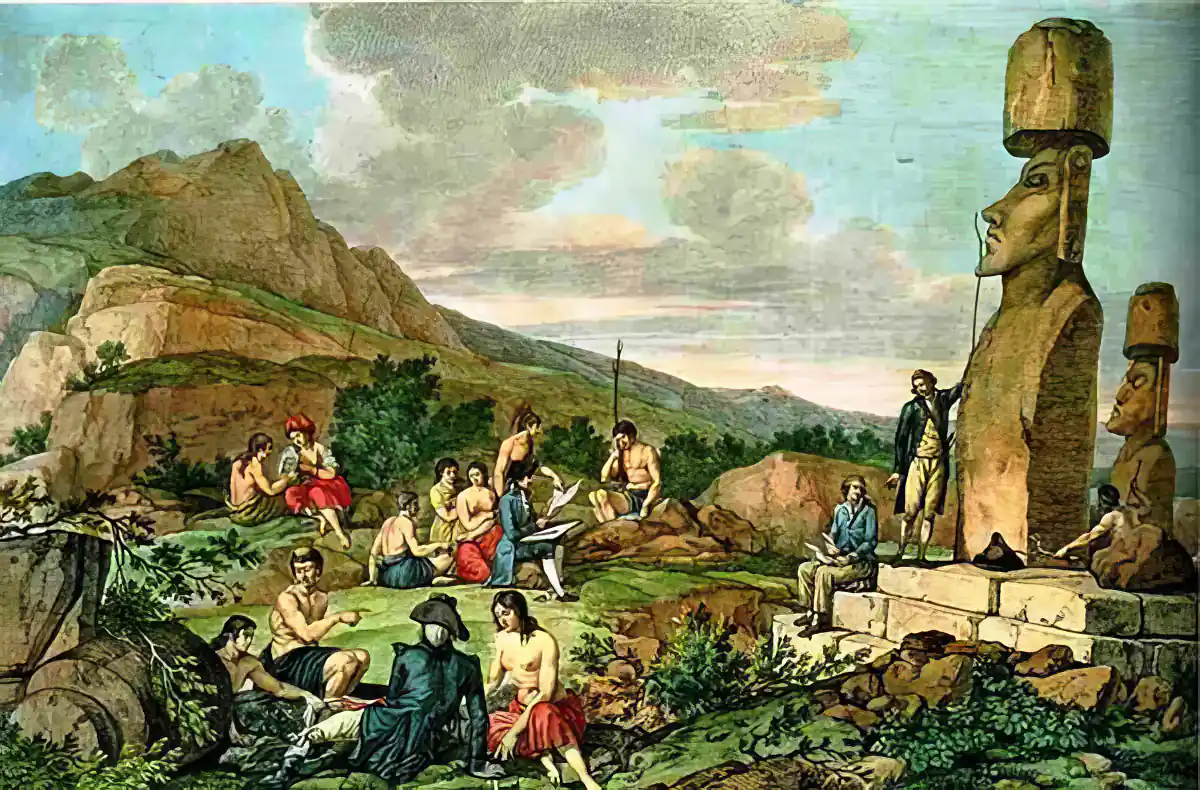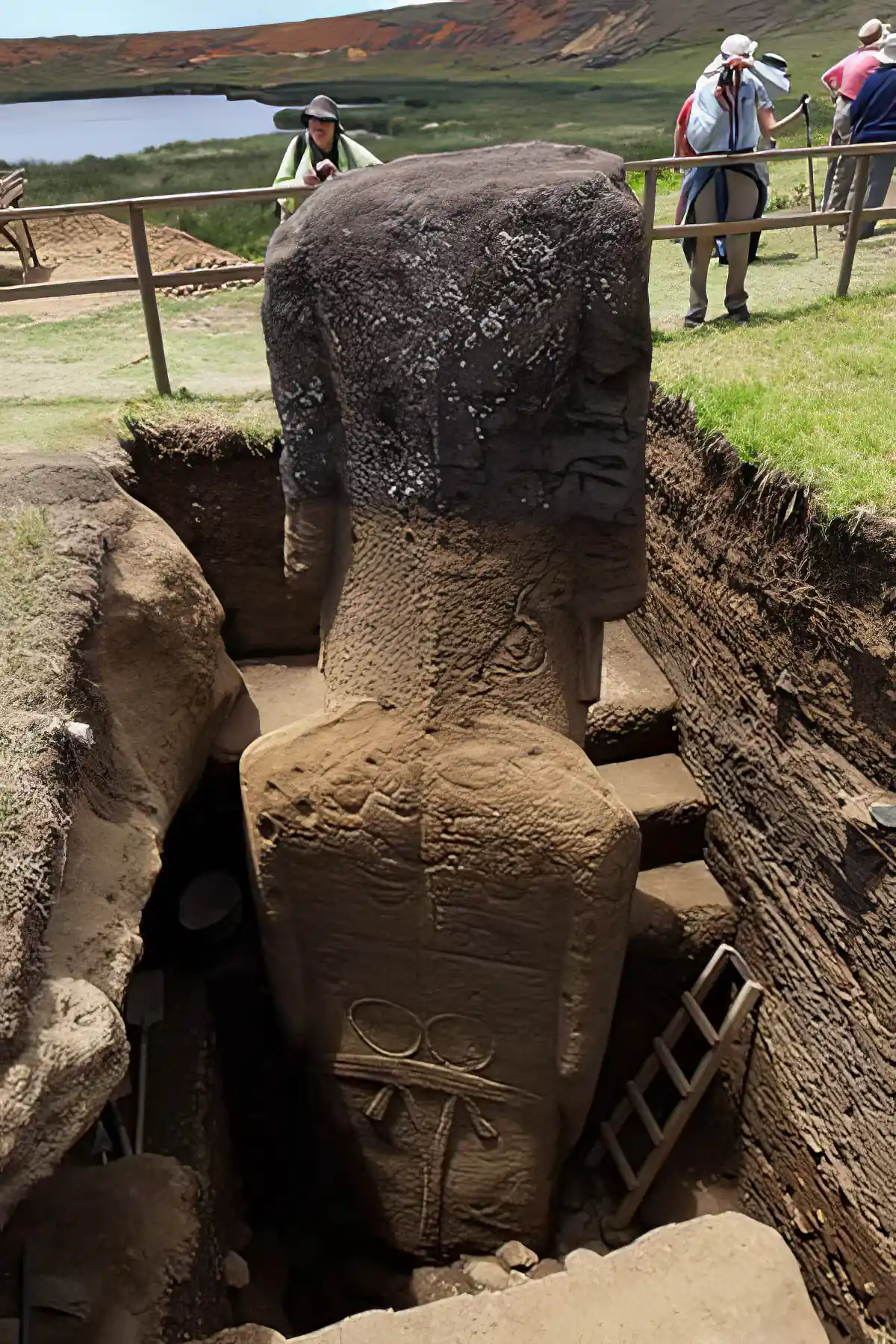Easter Island Facts
Interesting Facts on Easter Island
-
Easter Island is one of the world’s most famous yet least visited archaeological sites.
-
Easter Island is a small, hilly and treeless island of volcanic origin. It is located in the Pacific Ocean approximately 2200 miles (3600 kilometers) off the coast of the country of Chile, which owns the island.
-
Easter Island is sixty-three square miles in size and has three extinct volcanoes, the tallest rising to 1674 feet. Technically speaking, the island is a single massive volcano rising over ten thousand feet from the Pacific Ocean floor.
Easter Island History
-
The oldest known names of Easter island are Te Pito o Te Henua, meaning ‘The Center of the World’ and Mata-Ki-Te-Rani, meaning ‘Eyes Looking at Heaven’.
-
In the 1860’s Tahitian sailors gave the island the name Rapa Nui, meaning ‘Great Rapa,’ due to its resemblance to another island in Polynesia called Rapa Iti, meaning ‘Little Rapa’.
-
The island received its current name, Easter Island, from the Dutch sea captain Jacob Roggeveen who was the first European to visit on Easter Sunday, April 5, 1722.
-
In the early 1950s, the Norwegian explorer Thor Heyerdahl (famous for his Kon-Tiki and Ra raft voyages across the oceans) popularized the idea that Easter Island had originally been settled by advanced societies of Indians from the coast of South America. Extensive archaeological, ethnographic and linguistic research has conclusively shown this hypothesis to be inaccurate.
-
It is now recognized that the original inhabitants of Easter Island were of Polynesian stock (DNA extracts from skeletons have confirmed this), that they most probably came from the Marquesas or Society islands, and that they arrived as early as 318 AD.
Easter Island Statues
-
Easter Island’s most famous features are its enormous stone statues called moai, at least 288 of which once stood upon massive stone platforms called ahu. There are some 250 of these ahu platforms spaced approximately one half mile apart to create an almost unbroken line around the perimeter of the island.
-
Another 600 moai statues, in various stages of completion, are scattered throughout the island. Nearly all the moai are carved from the hard stone of the Rano Raraku volcano.
-
The average moai statue is 14 feet, 6 inches tall and weighs 14 tons. Some moai were as large as 33 feet and weighed more than 80 tons. Depending upon the size of the statues, it is estimated that 50-150 people were needed to drag them across the countryside on sleds and rollers made from the island's trees.
-
A small number of the moai were once capped with ‘crowns’ or ‘hats’ of red volcanic stone. The meaning and purpose of these capstones is not known.
Easter Island Mysteries
-
Scholars are unable to explain the meaning and use of the moai statues. It is assumed that their carving and erection derived from an idea rooted in similar practices found elsewhere in Polynesia but which evolved in a unique way on Easter Island. The statues may have been used for religious purposes.
-
Carved stone and wooden objects in ancient Polynesian religions, when properly fashioned and ritually prepared, were believed to have a magical spiritual essence called mana. Archaeologists have suggested that the moai statues of Easter Island were created with a similar purpose in mind.

Martin Gray is a cultural anthropologist, writer and photographer specializing in the study of pilgrimage traditions and sacred sites around the world. During a 40 year period he has visited more than 2000 pilgrimage places in 160 countries. The World Pilgrimage Guide at sacredsites.com is the most comprehensive source of information on this subject.


